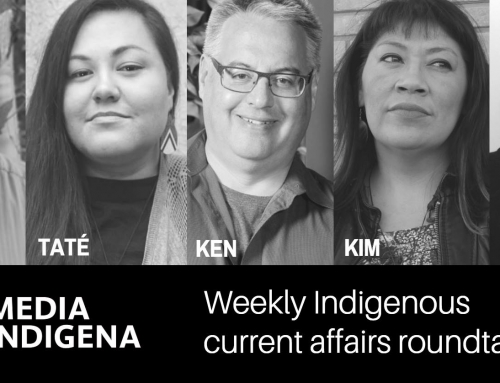Indigenous erotica gives new meaning to 'all my relations'
After completing her bachelor of commerce degree, Kirsten Lindquist went to work in a store selling diamond engagement rings. But soon her job selling jewelry started her thinking about why and how the tradition of diamond rings became so central to how we think about love.
“People would come with questions like, ‘Is it true that you have to spend three months’ salary on a ring?’” she recalls. Those questions weighed on Lindquist’s mind as she went from retail diamond sales to a career in advertising before returning to university to earn an honours degree in native studies. “I was connecting my experience in business and then comparing it to different worldviews and perspectives in native studies. How can we tell our own stories to address what’s out there in advertising?”
Indigenous worldviews are integral to teaching and research in the University of Alberta’s Faculty of Native Studies, and the question of relationships, love and sexuality is an emerging area of scholarship. Students are often surprised to learn that the faculty offers a course in Indigenous erotica, created and taught by Tracy Bear, PhD candidate in the Department of English and Film Studies. “The course explores Indigenous literary and visual works, and examines the Indigenous erotic as a rewriting of Indigenous bodies, sexuality, gender and desire as a source of power and knowledge,” she says.
Bear had two goals in mind when she developed the course. Her first intention is for students “to gain an understanding that the Indigenous erotic is much, much more than just titillating texts and visual art; in fact, erotica offers up new ways to think about Indigenous sex, sexuality and gender.”
.
.
.


